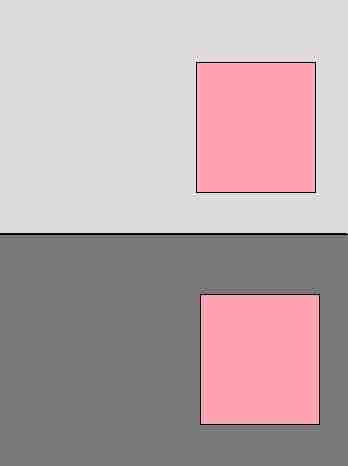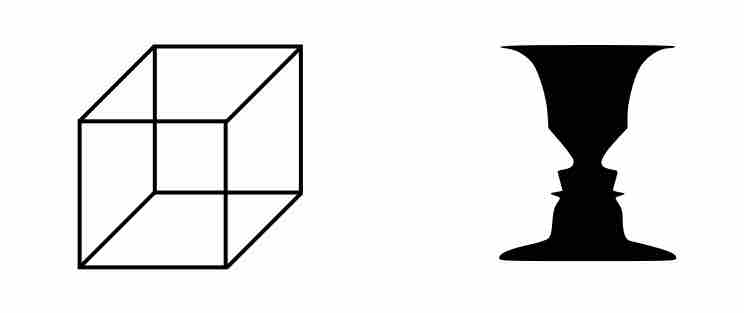Sensation and perception are two distinct stages of processing during human sensing. Sensation is a function of the low level, biochemical, and neurological mechanisms that allow the receptor cells of a sensory organ to detect an environmental stimulus.
Perception refers to the mental processes that are reflected in statements like "I see a blue wall" that represent understanding of the real-world causes of sensory input. In other words, the goal of sensation is detection, while the goal of perception is to create useful information about the environment.
Stimuli from the environment (distal stimuli) are transformed into neural signals, which are then interpreted by the brain through a process called transduction. Transduction can be likened to a bridge connecting sensation to perception. This raw pattern of neural activity is called the proximal stimulus.
The neural signals are transmitted to the brain and processed. The resulting mental recreation of the distal stimulus is the percept. The sound stimulating a person's auditory receptors is the proximal stimulus, and the brain's interpretation of this as the ringing of a telephone is the percept.
All perception involves signals in the nervous system that result from physical stimulation of the sense organs. For example, vision involves light striking the retinas of the eyes, smell is mediated by odor molecules, and hearing involves sound waves.
However, perception is not the passive receipt of these signals, but is a process of organization, identification, and interpretation. Although the senses were traditionally viewed as passive receptors, the study of illusions and ambiguous images, has demonstrated that the brain's perceptual systems actively influence sensory systems in an attempt to construct useful representations of our environment.

Color optical illusion
The brain interprets the pink cube on the light gray background as being a darker shade than the pink cube on the dark gray background.

The Necker cube and Rubin vase
These are two optical illusions that illustrate how perception may differ from reality. On the left, we see a cube when in fact it is a flat image on our screen. On the right, the vase actually resembles two faces looking at each other.
Perception is particularly important to our ability to understand speech. The sound of a word can vary widely according to the words around it and the tempo of the speech, as well as the physical characteristics, accent, and mood of the speaker. Listeners manage to perceive words across this wide range of different conditions.
Another variation is that reverberation can make a large difference in sound, such as hearing a word spoken from the far side of a room and the same word spoken up close. The process of perceiving speech begins at the level of the sound within the auditory signal and the process of audition.
After processing the initial auditory signal, speech sounds are further processed to extract acoustic cues and phonetic information. This speech information can then be used for higher-level language processes, such as word recognition.